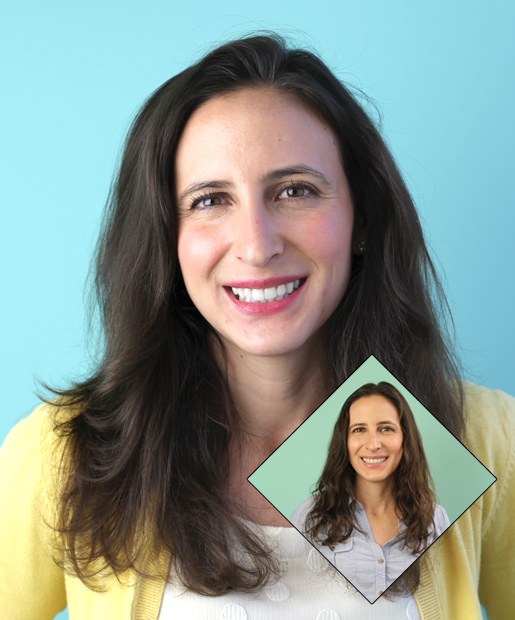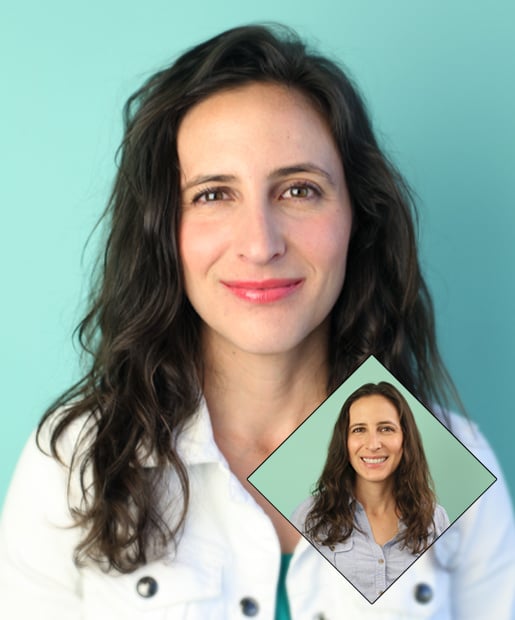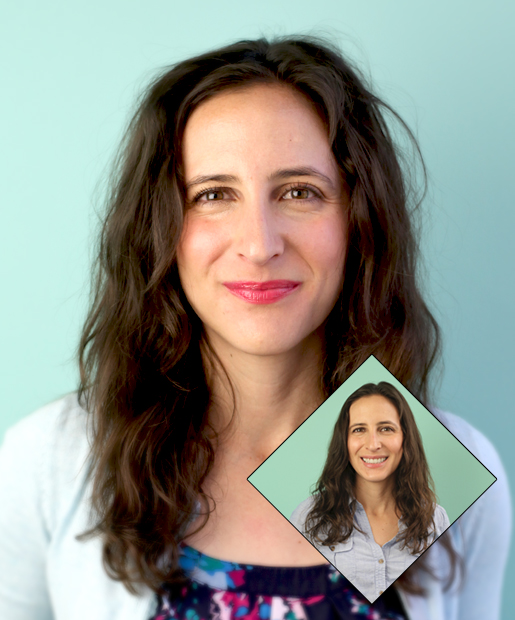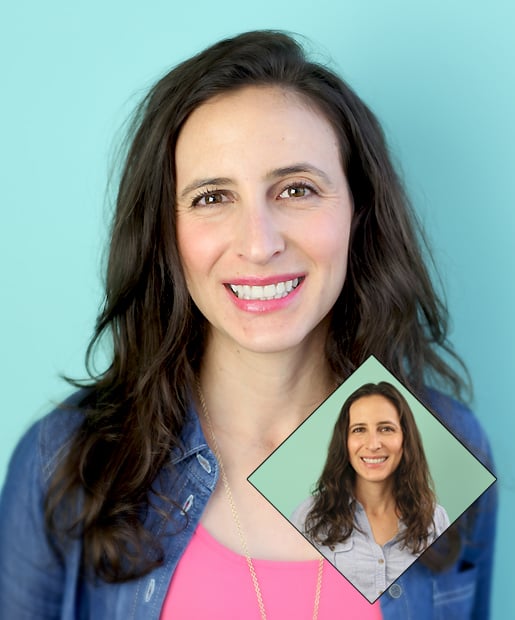Some things in life are better flat: pancakes, mirrors, washboard abs. Hair? Not so much (ditto soda, live music, and your chest in 6th grade). Limp, lifeless hair is a downer, and getting that full, bouncy, flowing head of hair you see in slow motion on so many shampoo commercials isn't just a matter of buying the right product.
The first step to adding life to a head of flat hair is figuring out the volume of your hair. According to Randy Schueller, chemist and Editor-in-Chief of the Beauty Brains, four factors determine your hair's heft:
1. The number of hair per square inch of your scalp. The more hairs you have, the greater the volume.
2. The thickness of each strand. The greater the diameter of each hair fiber, the more overall volume your hair will have.
3. The bending modulus (a.k.a. the flexibility of your hair fibers) is the measurement of the stiffness of each hair fiber. Stiff fibers will stand up more on their own, creating more natural volume. Fibers with a low bending modulus tend to be floppy and limp.
4. The interaction between hair fibers. The friction between hair fibers can increase the volume of your hair. As hair fibers rub together, they lock into position.
So what's the solution when you're low on hairs per inch? Or your hair fibers have a low bending modulus? Along with loading up on nutrients and popping hair-stimulating pills (which only do so much compared to good 'ol DNA), we stick to products and styling tricks.
We tested five hair volumizing techniques (volumizing shampoo, blow drying, flat ironing, teasing, dry shampoo) on our Senior Editor, Sarah, and took side-by-side comparison photos so you can see the distinct difference between each method. Sarah was the perfect candidate for this road test because she's dealt with flat hair her whole life and tried every product. "I have a drawer full of volumizing sprays, mousse, and gels, but every day I still wish my hair had more volume at the roots to balance out my poofy ends," she says. "My hair is very fine, although I have a lot of it, so it tends to be very flat at the top, especially when my hair gets long like it is now. I try to skip blow drying when I can because I know it can damage my hair, but drying out naturally leaves my hair even more flat. I couldn't wait to find out which of these tricks actually worked."
The first step to adding life to a head of flat hair is figuring out the volume of your hair. According to Randy Schueller, chemist and Editor-in-Chief of the Beauty Brains, four factors determine your hair's heft:
1. The number of hair per square inch of your scalp. The more hairs you have, the greater the volume.
2. The thickness of each strand. The greater the diameter of each hair fiber, the more overall volume your hair will have.
3. The bending modulus (a.k.a. the flexibility of your hair fibers) is the measurement of the stiffness of each hair fiber. Stiff fibers will stand up more on their own, creating more natural volume. Fibers with a low bending modulus tend to be floppy and limp.
4. The interaction between hair fibers. The friction between hair fibers can increase the volume of your hair. As hair fibers rub together, they lock into position.
So what's the solution when you're low on hairs per inch? Or your hair fibers have a low bending modulus? Along with loading up on nutrients and popping hair-stimulating pills (which only do so much compared to good 'ol DNA), we stick to products and styling tricks.
We tested five hair volumizing techniques (volumizing shampoo, blow drying, flat ironing, teasing, dry shampoo) on our Senior Editor, Sarah, and took side-by-side comparison photos so you can see the distinct difference between each method. Sarah was the perfect candidate for this road test because she's dealt with flat hair her whole life and tried every product. "I have a drawer full of volumizing sprays, mousse, and gels, but every day I still wish my hair had more volume at the roots to balance out my poofy ends," she says. "My hair is very fine, although I have a lot of it, so it tends to be very flat at the top, especially when my hair gets long like it is now. I try to skip blow drying when I can because I know it can damage my hair, but drying out naturally leaves my hair even more flat. I couldn't wait to find out which of these tricks actually worked."






